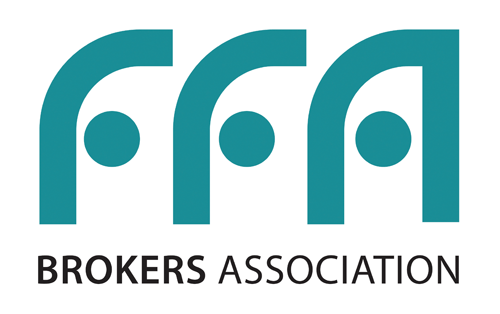FFABA Dry blog: The 180 5TC – if not now, then when?

The logic at that time was that the open interest on options did not extend beyond 2017 and that this workaround would satisfy users of swaps /futures and options. To date, the volume of 5TC transactions or 5TC pricing is relatively slim and the options open interest has been extended beyond Jan 2017 (to end 2019) using the 4TC thereby neutralising the effect of the deferred differential introduction. Whilst some users may be happy to carry on with a 4TC 172 derived contract, the uncertainty of which contract will survive and thrive has unquestionably dented liquidity in the options market and has probably both confused and deterred potential new entrants into the swaps/futures market.
The FFABA is keen to see volume develop in the 180 5TC to establish some certainty and to grow liquidity in both options and swaps/futures. The pending change to the differential means that now is as good a time as any to initiate this shift and we would encourage all users to start pricing 180 5TC contracts in the expectation that this will become the contract of choice next year.